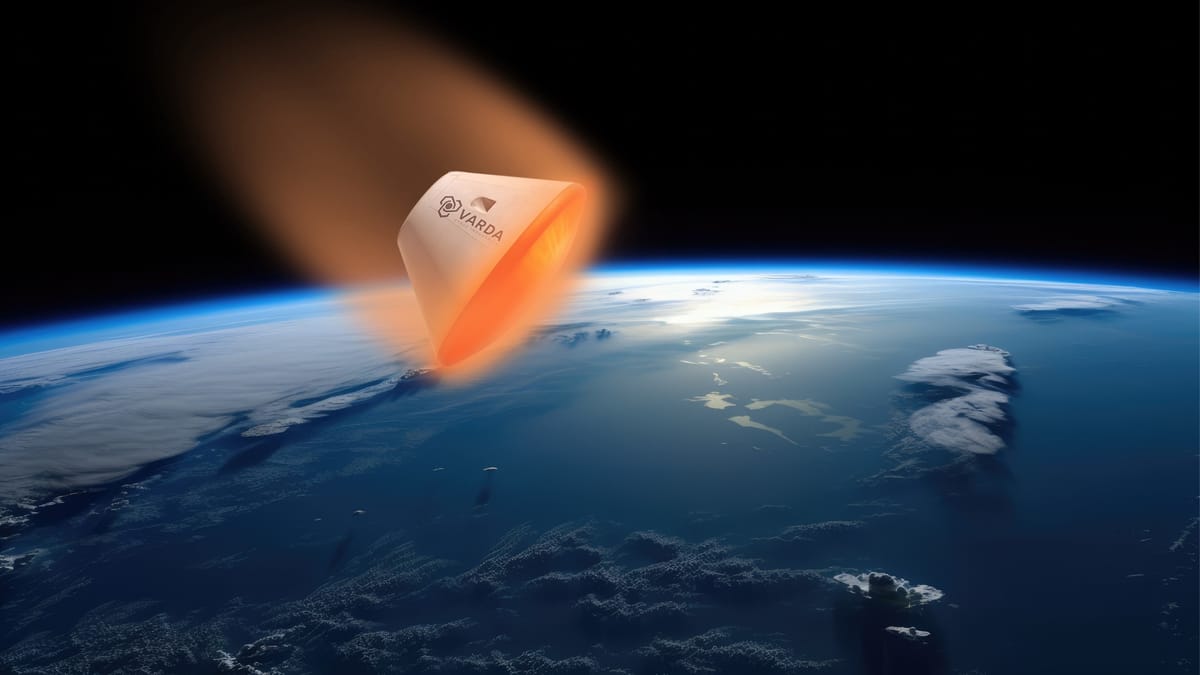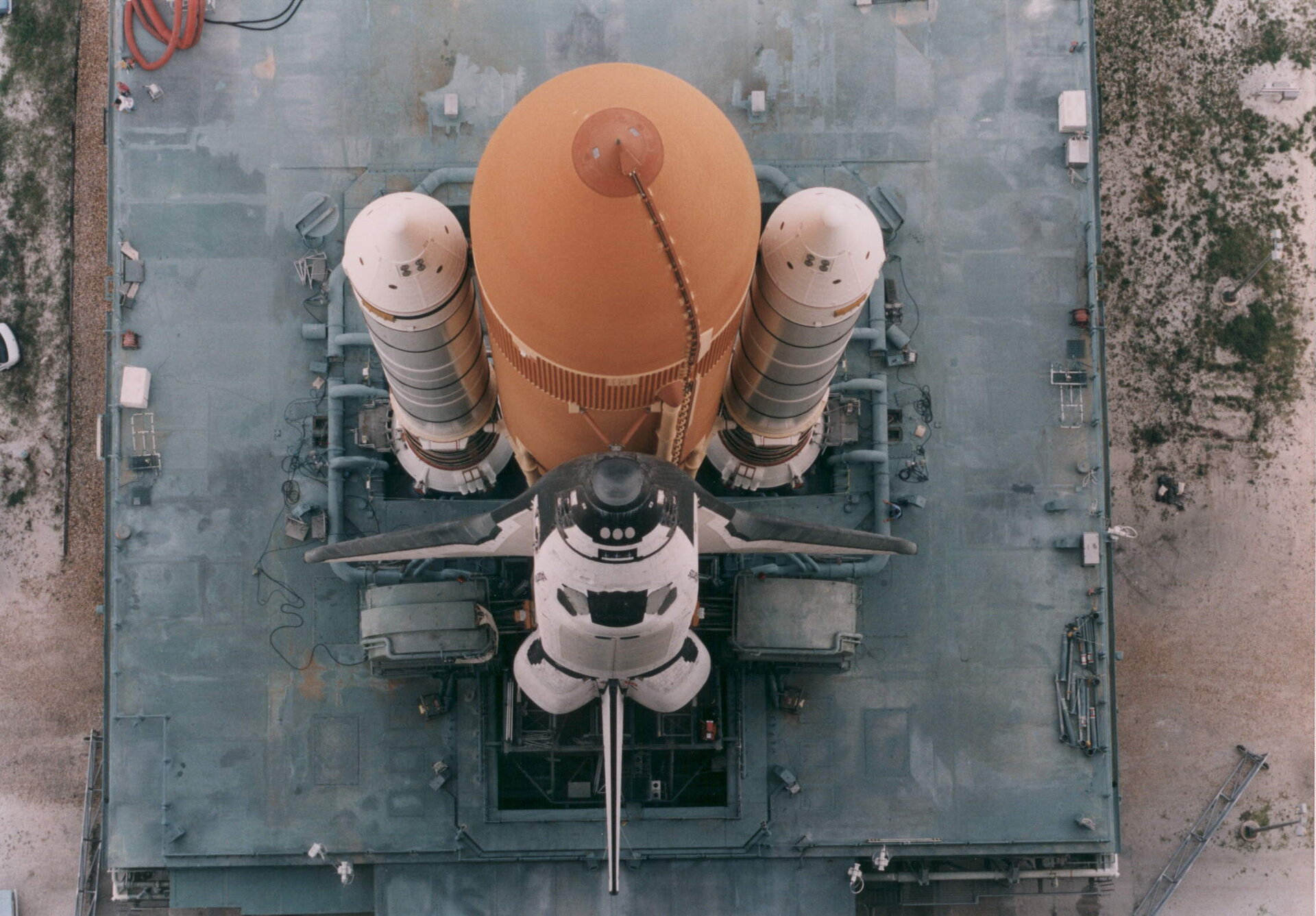Wayne Mack
Well-Known Member
I also doubt the economic viability of lunar or other extraterrestrial mining. I see at least three steps necessary to get to usable raw materials: mining, transport, and refinement.
Mining would need to be automated through intelligent robots. The robots would need to be able to identify locations for a mine and then coordinate mining. The robots would also need to have a high energy fuel source. An array of solar panels and rechargeable batteries around the mining site might be plausible, but would require additional transportation expense, perhaps more than the robots themselves. Probably another fuel source maybe needed. Using robotics avoids the cost of creating a viable, sustainable biosphere and continuing to replenish it as materials are inevitably lost.
Once mined, the ore needs to be refined. This could be done at the mining site, in near Earth orbit, or on Earth. On site would minimize transportation costs as none of the waste material would need to be shipped. This, however, would require establishment of another high-energy usage facility. The facility would need to be mobile or at least torn down and reassembled as mining locations change. If the refinery was in near Earth orbit, there would be slightly higher transportation costs, but the raw ore would only need to be moved from a lower gravity location and only refined material would need to face reentry to Earth. Transport vehicles between the mines and the refinery could be lower cost and not need to endure the rigors of lifting off from and returning to Earth. An on Earth refinery would avoid the costs of maintaining an orbital one, but would require a stream of larger transport vehicles lifting off from Earth and returning to it.
Of course, as soon as one imagines automated mining equipment, on Earth mining also becomes more attractive.
Mining would need to be automated through intelligent robots. The robots would need to be able to identify locations for a mine and then coordinate mining. The robots would also need to have a high energy fuel source. An array of solar panels and rechargeable batteries around the mining site might be plausible, but would require additional transportation expense, perhaps more than the robots themselves. Probably another fuel source maybe needed. Using robotics avoids the cost of creating a viable, sustainable biosphere and continuing to replenish it as materials are inevitably lost.
Once mined, the ore needs to be refined. This could be done at the mining site, in near Earth orbit, or on Earth. On site would minimize transportation costs as none of the waste material would need to be shipped. This, however, would require establishment of another high-energy usage facility. The facility would need to be mobile or at least torn down and reassembled as mining locations change. If the refinery was in near Earth orbit, there would be slightly higher transportation costs, but the raw ore would only need to be moved from a lower gravity location and only refined material would need to face reentry to Earth. Transport vehicles between the mines and the refinery could be lower cost and not need to endure the rigors of lifting off from and returning to Earth. An on Earth refinery would avoid the costs of maintaining an orbital one, but would require a stream of larger transport vehicles lifting off from Earth and returning to it.
Of course, as soon as one imagines automated mining equipment, on Earth mining also becomes more attractive.






